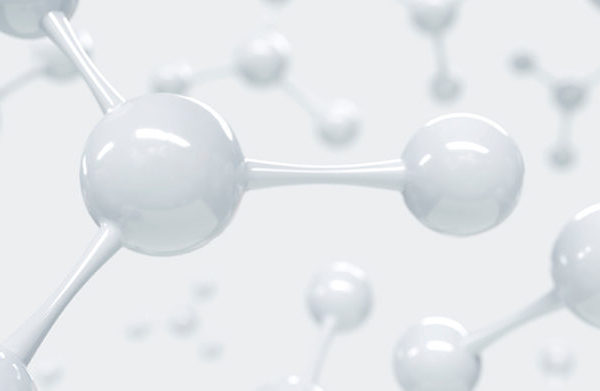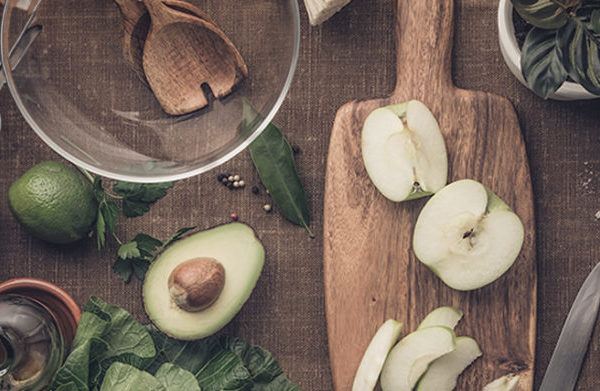
SHA Magazine Health & Beauty
Medicinal plants to promote health and well-being: Exploring their healing properties
In the beginning, there was intuition: our ancestors discovered the health benefits of many plants by trial and error. The wisdom passed down to us through the generations, stored in hundreds of ancient volumes, is full of hits and misses, and the will of those who spent their time recording the medicinal uses of plants.
Fortunately, today, the complex organic structure and the true healing potential of many plants have been studied. Their active ingredients, indications, and possible side effects are known and, in many cases, it has become clear that the properties attributed to plant species throughout history were not just the result of intuition.
The World Health Organization has even defined exactly what a medicinal plant is. According to the WHO, it is “a plant that contains secondary active ingredients capable of preventing, alleviating, or curing disease”.
For many experts, the success of a plant’s medicinal power lies in knowing how to use it. Medicinal plants are typically classified according to their properties: digestive, diuretic, protective of liver function, etc. But the same species can have different effects on the organism, depending on how it is used, in what doses, and in what formulations.
Not all medicinal plants are useful, in fact some can be toxic, and we must know how to distinguish between them. In Spain, the Ministry of Health has regulated the use of plants by means of an order and classifies those that are dangerous for human consumption.
In particular, when consuming active plant ingredients in combination with drugs, you should consult your doctor beforehand to find out if the two treatments are compatible. Medicinal plants can also have adverse effects on women who are pregnant or breastfeeding. Moreover, it is not advisable to replace medication prescribed by a specialist with plants. In many cases, they are useful complements to improve discomfort and symptoms in a natural way. Regardless, the use of these plants is advisable as long as it is compatible with your personal situation, and approved by a physician.
Some of the best-known medicinal plants are:
Chamomile
Native to Europe, the Middle East, and India, camomile is the medicinal plant par excellence and a great ally for improving slow and difficult digestion. A lesser-known use of chamomile is to combat the anti-inflammatory effect on gums and wounds. It has antibacterial active ingredients and a relaxing effect.
Ginger
Ginger’s properties are almost infinite: antiviral, antibacterial, and antiparasitic. It is very useful in combatting digestive problems involving nausea and vomiting. It is also a good option for reducing inflammation and pain caused by menstruation.
Thyme
Thyme is an antiseptic and antioxidant. It can help improve digestion and relieve respiratory problems. In addition, its toning properties are useful for skin and hair. It has well-established contraindications, for example, excessive consumption is not recommended for people with heart problems, ulcers, or chronic digestive problems. It is also not recommended during pregnancy and breastfeeding.
Aloe Vera
Aloe Vera is magic for burns and skin spots. It is useful for reducing blemishes and moisturising the skin, especially after sunbathing. On a systemic level, the plant strengthens the immune system and improves digestion.
Dandelion
Dandelion’s active ingredients are diuretic and detoxifying. It is a good natural purifier with a powerful detoxifying effect on the body. It improves liver and kidney problems. Its intake is not recommended for pregnant women.
Ginseng
Ginseng is literally a shot of energy. It helps us combat fatigue and stay active. It stimulates mental function and improves concentration. It also protects the cardiovascular system, improves circulatory activity, reduces blood pressure, and helps control heart rate.
Lavender
Lavender is well known for its soothing properties. It is used to alleviate wounds and burns. It has proven healing and sedative properties.
Garlic
It is not only a useful condiment in gastronomy, its positive effect on the immune system is well documented in medical literature. It also stimulates blood circulation, is an antioxidant, and has antibacterial properties. It is one of the best natural options to prevent viral infections.
Peppermint
An aromatic plant with great medicinal properties, peppermint improves digestion, reduces gas, and has analgesic and antiseptic effects. It is typically recommended in cases of nasal congestion and throat irritation.
Laurel
Classified as an anti-inflammatory and anti-rheumatic medicinal plant, laurel is mainly used to treat sprains and pain involving the sciatic nerve. It is also effective in reducing local inflammation from insect bites. It is often applied in oil form, rubbed on to the affected area.
Nettle
This plant has an analgesic effect and is used to treat rheumatoid arthritis pain.
Turmeric
The queen of Ayurvedic medicine and one of the most widely used spices in India, turmeric’s curcumin content makes it a powerful anti-inflammatory.
Eucalyptus
Eucalyptus is one of the best allies against flu, pharyngitis, asthma, and bronchitis. It is a natural anti-inflammatory that reduces both inflammation and pain.





